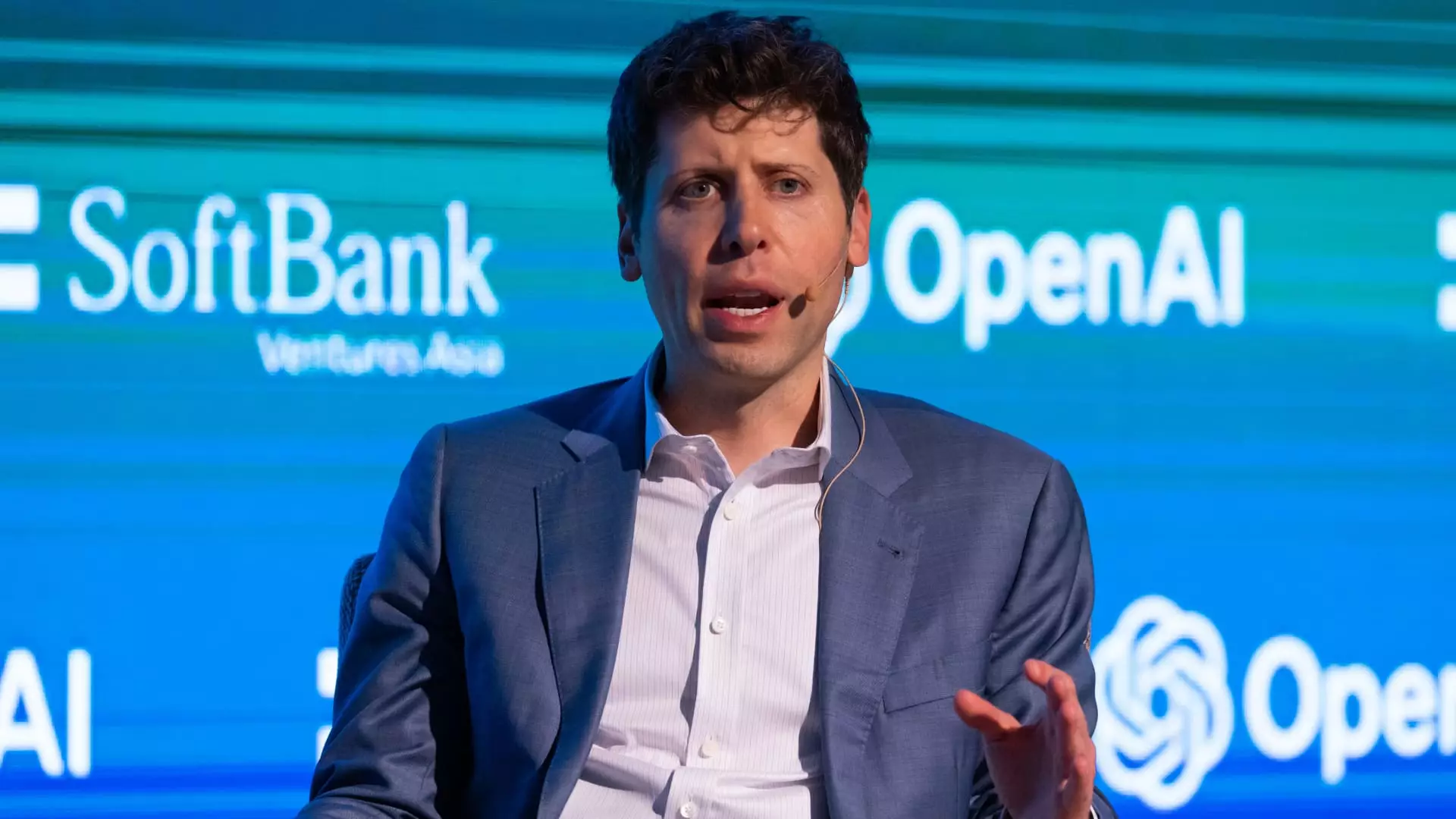OpenAI has announced a significant shift in its operational structure, moving towards establishing a public benefit corporation (PBC) by 2025. In a bid to streamline its commercial operations, the organization aims to step away from some of the limitations inherent in its original nonprofit status. This bold pivot is predicated on the understanding that the scale of investments required to maintain its competitive edge in the rapidly evolving artificial intelligence landscape necessitates a more agile business model. According to internal statements, substantial injections of capital from investors are imperative for OpenAI to sustain its ambitious mission, particularly as competition heats up among tech giants like Microsoft, Google, and Amazon.
The willingness of major corporations to sink hundreds of billions into AI development underscores the urgency of OpenAI’s transformation. The board believes that the current structure of the organization fails to meet the financial demands of the market. By transitioning to a PBC, OpenAI hopes to facilitate the attraction of mainstream investment and adopt a more traditional equity framework, thereby shedding the “bespoke” arrangements that characterize its nonprofit origins. This strategic reorganization aims to enhance flexibility and bolster its ability to innovate in a dynamic, investor-driven environment.
The economic landscape for AI firms is increasingly competitive and lucrative. OpenAI, with its stunning $157 billion valuation—derived largely from the worldwide fascination with its generative AI products, particularly ChatGPT—stands at the forefront of this technological revolution. To maintain this momentum, OpenAI recently secured $6.6 billion in funding, positioning itself to confront its rivals, including Elon Musk’s xAI, which only adds another layer of tension in a skirmish that combines financial stakes with personal rivalries.
The financial implications of this strategic pivot are massive. OpenAI projects a staggering $5 billion in losses against a revenue of $3.7 billion, highlighting the extraordinary costs associated with developing cutting-edge AI technologies. The resources required for training large language models are not just finite; they demand heavy investments into high-performance processors and reliable cloud infrastructure. Partnerships with industry leaders, such as Nvidia for processing capabilities and Microsoft for cloud services, underline the necessity of a lucrative and sustainable operational model.
As OpenAI moves towards its new corporate paradigm, it is also critical to consider the expected functionality of its nonprofit arm. This division will maintain a “significant interest” in the PBC, ostensibly ensuring that fundamental ethical considerations remain at the heart of OpenAI’s mission. The expectation is that while the PBC focuses on market expansion, the nonprofit branch will pursue initiatives in critical areas like healthcare, education, and scientific research—domains where the benefits of AI can be harnessed positively.
This bifurcated structure aims to create a balance between profitability and the ethical responsibilities that accompany pioneering technologies. However, the feasibility of maintaining this balance is uncertain. OpenAI must navigate allegations and critiques about prioritizing commercial gains over safety practices, an argument advanced by both former employees and critics alike. As the organization heads toward a more aggressive market position, the tension between its profit motivations and its foundational mission will demand careful management.
However, these strategic ambitions are complicated by internal challenges, particularly departures of key personnel. The exodus of high-profile executives raises troubling questions regarding the company’s internal culture and decision-making processes. Notably, Chief Technology Officer Mira Murati and other significant figures have recently left OpenAI, ostensibly citing discontent with the organization’s shifting priorities and the emphasis on rapid product deployment over safety protocols.
CEO Sam Altman has sought to distance these departures from the impending restructuring, emphasizing that the shifting landscape has been a long-term consideration for the board. Yet, the correlation between executive turnover and evolving company goals cannot be easily dismissed. Critics within the tech community express concerns that a model prioritizing aggressive commercialization might undermine the safety and ethics that underpin AI development.
OpenAI stands at a pivotal crossroads. The decision to transform into a public benefit corporation presents both opportunities and risks. The potential for expanded capital and innovative power could position OpenAI as a leader in AI development. However, the challenges of maintaining an ethical focus amid relentless commercial pressures and external critiques cannot be ignored. As the organization continues its ambitious journey, it will not only shape the future of artificial intelligence but also define the ethical considerations that accompany such transformative technologies. The path forward will require navigating this intricate landscape with both foresight and integrity, ensuring that the technological advancements brought by OpenAI empower society without losing sight of fundamental human values.


Leave a Reply